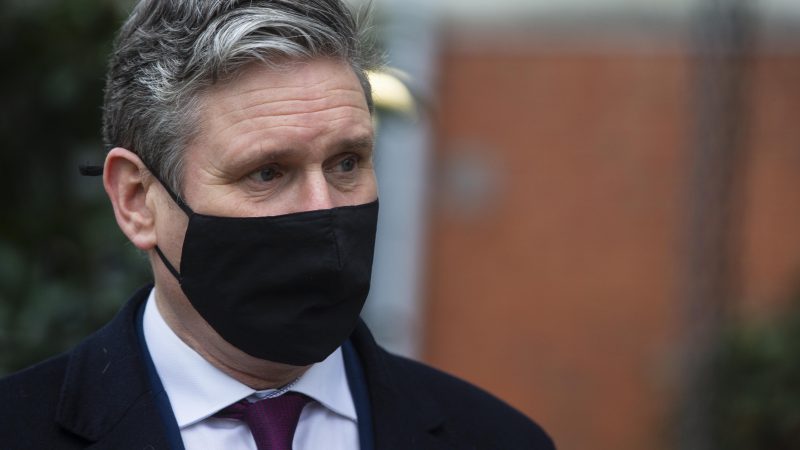
In 1940, Winston Churchill as Conservative leader of the opposition set out his vision for Britain’s place on the global stage, amongst the three “great circles” of the Commonwealth, Western Europe and the English-speaking world. Britain, he argued, was the only commonality between them, and this was a vision that guided his time in office.
18 years later, in 1958, a report was produced by Cabinet Secretary Sir Norman Brook for Prime Minister Harold Macmillan, entitled The Position of the United Kingdom in World Affairs, which set out the future of Britain’s relationship with the Commonwealth, Western Europe and the United States. A further report was drafted in 1960 also by Sir Norman, following a summit at Chequers alongside senior officials and the military Chiefs of Staff, titled Future Policy Study 1960-1970.
These documents were the blueprint for how Britain’s foreign policy would be constructed for many years to come and were perfect examples of what is known as a ‘grand strategy’ – long-term plans spanning decades charting the course for a nation-state.
Grand strategies have been employed time and time again, in governments, businesses and even political parties. Tony Blair understood the value of a strategy. In 2002, his Cabinet Office set up the Prime Minister’s strategy unit to conduct strategic audits, identify key challenges and support government departments in developing effective strategic capability. His director of communications, Alastair Campbell, is also an advocate for a strong strategy, writing in his 2015 book Winners about the need for ‘OST’ – Objective, Strategy and Tactics.
The question for Keir Starmer’s Labour is, what is his grand strategy? Despite vague suggestions of a ‘vaccine bounce’ and arguments over whether individual candidates were right or not, the apparent lack of a grand strategy may have been one of the core reasons behind the party’s failure in the recent local elections.
What does Labour stand for today? In 2019, the message was clear: a return to the traditional socialism of nationalised public services and stronger trade unions. For Boris Johnson’s Conservatives, it was even clearer: get Brexit done. These messages were the prism through which every policy decision and media intervention was seen.
In contrast, it was difficult going into the polls on May 6th to describe why someone would want to put an X next to the Labour box, beyond just a dislike for the Conservatives. Notions of a fairer or more tolerant society are lost on people without a clearly articulated vision for achieving it.
The question is a difficult one. It requires a dispassionately critical eye to examine what and who our party represents or seeks to represent, and how that fits into a vision not just post-pandemic, but for the next several decades.
In recent days, many of the Labour ‘left’ have argued for a return to the political strategy that brought the party to power in 1945 (massive state spending and public works projects), while the Labour ‘right’ want a return to 1997 Labour (third-way centrism).
Former New Labour supremo Peter Mandelson made the same case in the wake of this year’s local elections, pointing out that the past eleven elections have gone “lose, lose, lose, lose, Blair, Blair, Blair, lose, lose, lose, lose”. And while the message is right, the lesson that people have taken from it is very wrong.
The electorate changed tremendously between 1945 and 1997. New Labour’s success came from recognising this fact and piecing together a grand strategy for the party, and by extension a vision for Britain in tune with the mood of the nation at the time.
It would be wrong to copy and paste the Labour parties of 1945 or 1997 when Starmer is asking for the votes of a public very different to that faced by Blair or Clement Attlee. Globalisation, 9/11 and the Iraq War, the 2008 financial crash, Brexit, Covid-19 – all of these and more have changed the nature of Britain and its people in drastic and unforeseen ways.
For Harold Macmillan, the Future Policy Study 1960-1970 reviewed what proportion of Britain’s resources would be allocated to defence, international aid spending and ‘prestige’ projects, laying the foundation for future expenditure in these areas.
In a country that has seen decades of underfunded regions, with a substandard transport network anywhere outside London and the South East, decaying high streets and domestic industry at a crisis point, perhaps it is time for Labour to examine in earnest how it might reallocate the country’s resources to address some of these problems if it ever won power.
Likewise, Labour must seek to address the major challenges of the next several decades. Automation and the future of work; how to ethically employ data science and artificial intelligence for the public good; serious engagement on ways to tackle the climate emergency and the resultant issues including food and water scarcity.
If Keir Starmer has any hope of forming a government at the next general election, he and his team must address these issues and more in their own grand strategy, not only for the future of the party but the future of the country as well.




More from LabourList
Supreme Court trans ruling: Ban on CLPs and branches backing ‘unlawful position’
‘How we can build a strong political centre and centre-left’
‘Building the UK’s best network: delivering digital opportunity for every community’